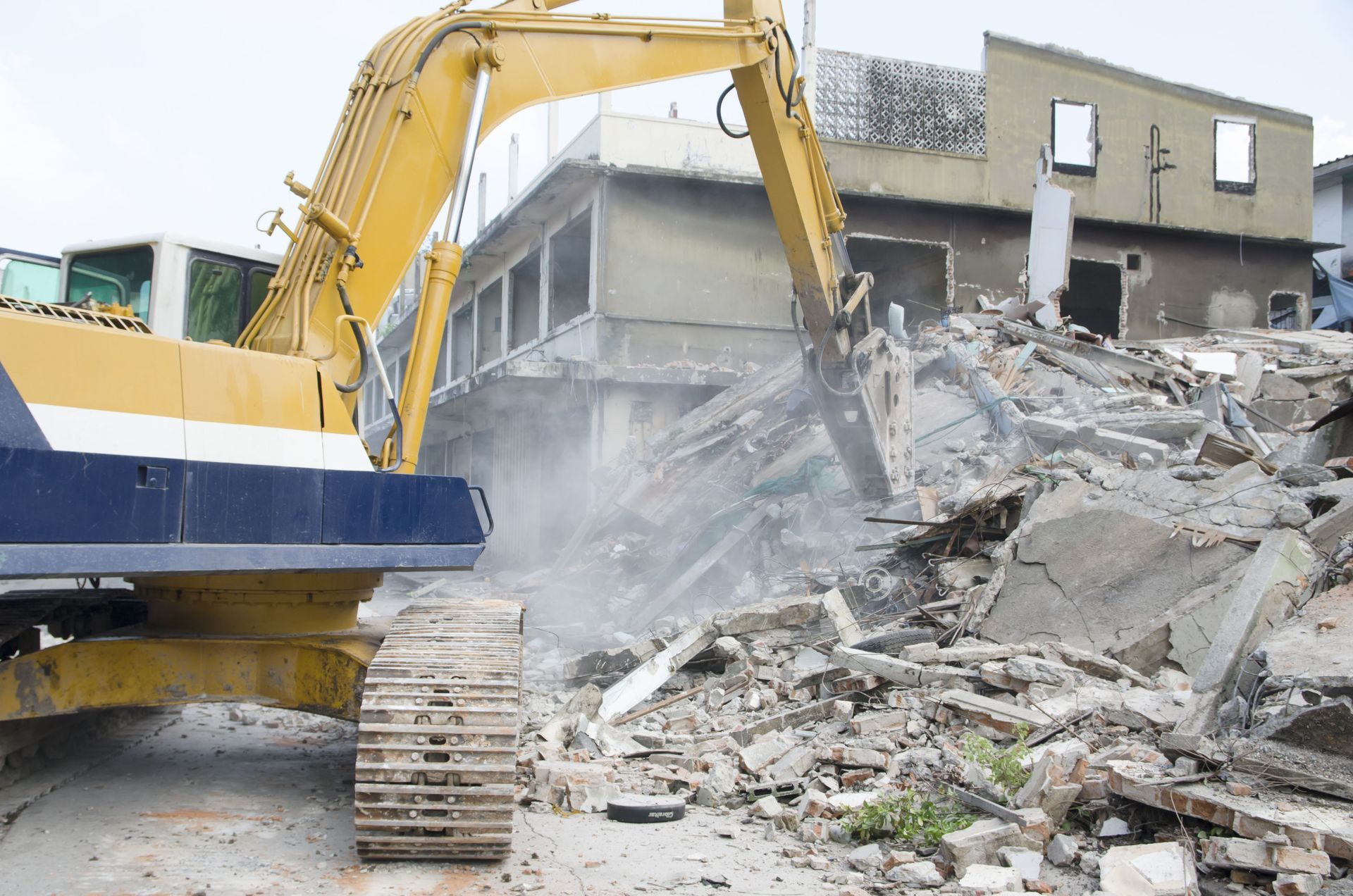3 Things Worth Knowing About the Demolition Process
The demolition process plays a vital role in urban development and revitalization, clearing the way for modern structures that better serve evolving community needs. As cities grow and outdated buildings become liabilities, working with a knowledgeable demolition contractor is essential to ensure that projects are completed safely and efficiently. Understanding how demolition works is crucial for developers, architects, and even curious members of the public. Whether managing a major build or simply interested in the mechanics of tearing down structures, gaining insight into the process is both practical and informative.
1. Demolition Techniques and Methods
Firstly, it's important to distinguish between different types of demolition techniques. There are two main categories: mechanical demolition and deconstruction. Mechanical demolition involves the use of heavy machinery, such as bulldozers and wrecking balls, to rapidly bring down a structure. In contrast, deconstruction is a more environmentally friendly approach, where a building is carefully taken apart, piece by piece, to salvage materials for reuse.
2. Economic Significance of the Demolition Industry
The economic impact of the demolition industry is substantial, providing employment opportunities and contributing to the broader construction sector in the country. According to Market Research, the U.S. demolition and wrecking industry reached a revenue of $8.7 billion in 2023, growing at a compound annual growth rate (CAGR) of 1.4% over the previous five years. This growth highlights the ongoing demand for demolition services, driven by infrastructure projects and the replacement of aging buildings. The financial health of the industry reflects its role within the construction ecosystem and is a testament to its importance.
3. Safety and Regulatory Considerations in Demolition
Furthermore, safety and regulations are critical components of any demolition project. Before any demolition can begin, a detailed plan must be developed, which involves a thorough assessment of the site to identify hazardous materials, such as asbestos, and ensure they are handled correctly. Regulatory compliance is paramount, and local authorities must inspect and approve plans to ensure that both workers and nearby communities are protected from harm or environmental damage.
The demolition process is a dynamic and essential aspect of modern construction, requiring a balance of safety, environmental responsibility, and economic considerations. Working with a qualified demolition contractor ensures that the appropriate techniques are used efficiently while complying with regulations and sustainability goals. Contact Elite Demolition & Abatement for more information or to handle your next demolition project.





Share On: